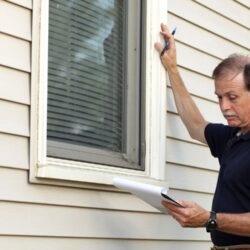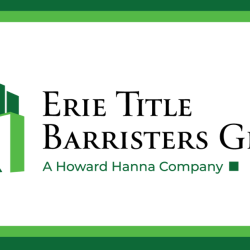Personal auto and home coverage insurance are two pillars that safeguard individuals and families against unforeseen circumstances. Yet, within the seemingly comprehensive facade of these policies, some gaps often go unnoticed until the moment they’re desperately needed. Understanding these gaps is crucial for ensuring true protection in the face of adversity.
Unforeseen gaps in auto insurance
- Underinsured motorist coverage
Although many jurisdictions have mandatory auto insurance requirements, not all drivers adhere to them. In cases where an uninsured or underinsured driver causes an accident, standard liability coverage may fall short. Underinsured motorist coverage bridges this gap by providing compensation for injuries and damages when the at-fault driver’s insurance is inadequate. - Gap insurance
For individuals who lease or finance their vehicles, standard collision and comprehensive coverage may not suffice in the event of a total loss. Gap insurance addresses this discrepancy by covering the disparity between the vehicle’s actual cash value and the outstanding loan or lease balance. - Coverage for personal belongings
While personal auto insurance typically covers damage or theft of the vehicle, personal belongings inside often receive limited protection. Homeowners’ or renters’ insurance policies may extend coverage to personal items within the vehicle, filling this gap and ensuring comprehensive protection. - State minimum/inadequate liability limits:
State minimum limits are the state’s requirements, but more often than not, they are not adequate. Since no one can predict or plan for accidents, selecting higher limits gives the peace of mind of knowing you are better protected.
Some of the hidden vulnerabilities in home coverage
- Natural disaster protection
Many homeowners are unaware that standard home insurance policies often exclude or provide limited coverage for natural disasters such as floods, earthquakes and hurricanes. Supplemental policies or endorsements are necessary to bridge this gap and safeguard against the financial devastation caused by these events. - Additional structures coverage
Properties with additional structures such as detached garages, sheds or fences may not receive adequate coverage under standard home insurance policies. Specific endorsements or separate policies are essential to ensure these structures are adequately protected against damage or loss. - Identity theft and cybersecurity
In the digital age, the risk of identity theft and cybercrimes has become increasingly prevalent. However, traditional home insurance policies rarely cover expenses associated with identity theft resolution or cyberattacks. Specialized coverage options are necessary to address these modern threats and safeguard individuals against financial losses. - Umbrella
One of the primary benefits of umbrella insurance is the peace of mind it offers. It provides an extra layer of financial protection against unforeseen accidents or lawsuits that could otherwise jeopardize your assets and savings. An umbrella insurance policy is a valuable addition to everyone’s insurance portfolio.
By understanding the limitations of standard policies and proactively seeking supplemental coverage where needed, individuals can fortify their financial security and mitigate risks effectively. Contact Howard Hanna Insurance to discuss your specific coverage needs.










